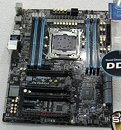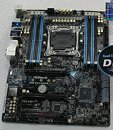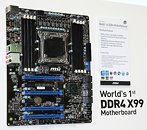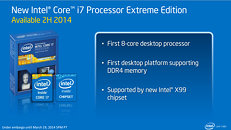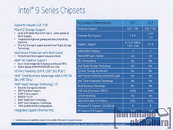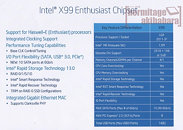
ASRock Unveils X99 Extreme4 and X99 Extreme6
ASRock unveiled prototypes of its first LGA2011-2 motherboards based on Intel X99 Express chipset, ready for the company's upcoming Core i7 "Haswell-E" HEDT processors. The color-scheme and heatsink designs are not finalized. Both boards are built in the ATX form-factor, and draw power from a combination of 24-pin ATX, 8-pin EPS, and 4-pin Molex power connectors; and use 12-phase VRM to condition power to the CPU. Both further feature eight DDR4 DIMM slots. They differ in their expansion slot areas. The Extreme4 features a total of four PCI-Express 3.0 x16 slots, while the Extreme6 features three, which uses the space saved to drop in two storage slots, an Ultra-M.2 (x4 link layer) and an mSATA. The Extreme6 offers two Intel-made GbE connections, while the Extreme4 offers just one.
